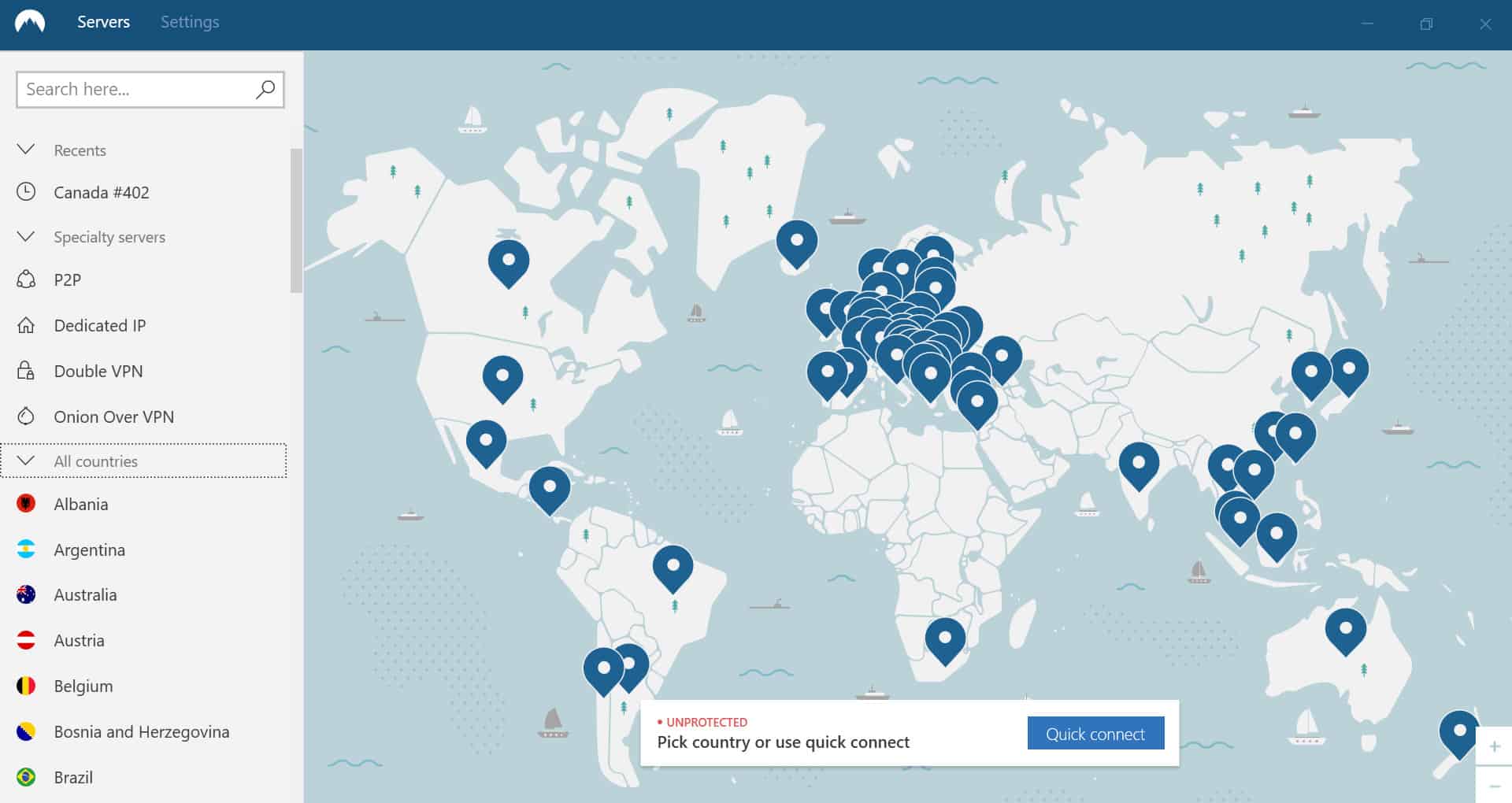

Applications running on a computing device, e.g. “A virtual private network (VPN) extends a private network across a public network and enables users to send and receive data across shared or public networks, as if their computing devices were directly connected to a private network. In rarer cases, it can be used for the gray-box model if you need a static IP address but can’t obtain such from your internet provider. These are mostly used during application security assessment to evade firewalls with black-box offender models. Furthermore, there are a lot of open proxy servers on the internet which you can easily find by specific port scanning or just grabbing proxies from other websites. It is also much easier for a specific script/application to work through proxy, as you may run different tools on different IPs, unlike with VPN.Ī crucial point is to not just hide your IP, but to not forget about such parameters like “user-agent” so that firewalls will see you as a real user or users. The main advantage in this case, if we speak about penetration testing, is that we will be able to easily deploy a lot of proxy servers based on docker containers or AWS/DigitalOcean images and quickly switch between them.


This means that the ICMP ping cannot be done to see if a host is alive, since ICMP is not TCP. Nmap can only do CONNECT and SOCKS4, and these protocols can do only TCP.Īpart from that, using any kind of proxy means that nmap communicates with the IP stack of the proxy and not of the target. Take nmap for example here, we can meet several problems.

Proxy usage is mostly applicable for application-level scans and requests rather than network-level. At the same time (depending on the browser), you can use your local DNS server and the site will be able to track you by it by issuing a unique name for each request in its subdomain and remembering which addresses DNS queries come to them from. In the case of the SOCKS proxy, the browser opens all TCP (and sometimes UDP) sockets on behalf of the server.
#Nord vpn tor over vpn full#
HTTP relays GET/POST requests and can add your original IP address to the request header, as well as store the full history of your interaction with the site. Below, I will provide more detailed information about each of these options, as well as their pros and cons. Proxies seems more complex for usage, as they can’t proxy all the traffic, but only for one port or service. TOR and proxy are much easier to use in cases when you need to switch your IP address very often (e.g., proxychains). There are lots of differences between proxy, VPN and Tor, but their common goal is to hide our IP address, mask our activities, help to evade firewall restrictions, and by extension, bypass bans. So what are we going to do with the IP address? Below, I will describe several available methods, as well as their pros and cons.
#Nord vpn tor over vpn install#
If we speak about user-agent here, things seem easier, as it will be enough just to install a specific plugin for your web browser or, for example, to switch agents in your script with help of specific function. If we didn’t agree on a gray- or white-box model and our IPs were not whitelisted, what can we do to bypass those limitations which are regulated by the customer and their firewall? Here, we can see only one possibility to evade those limitations: by switching both our IP address and user-agent.


 0 kommentar(er)
0 kommentar(er)
